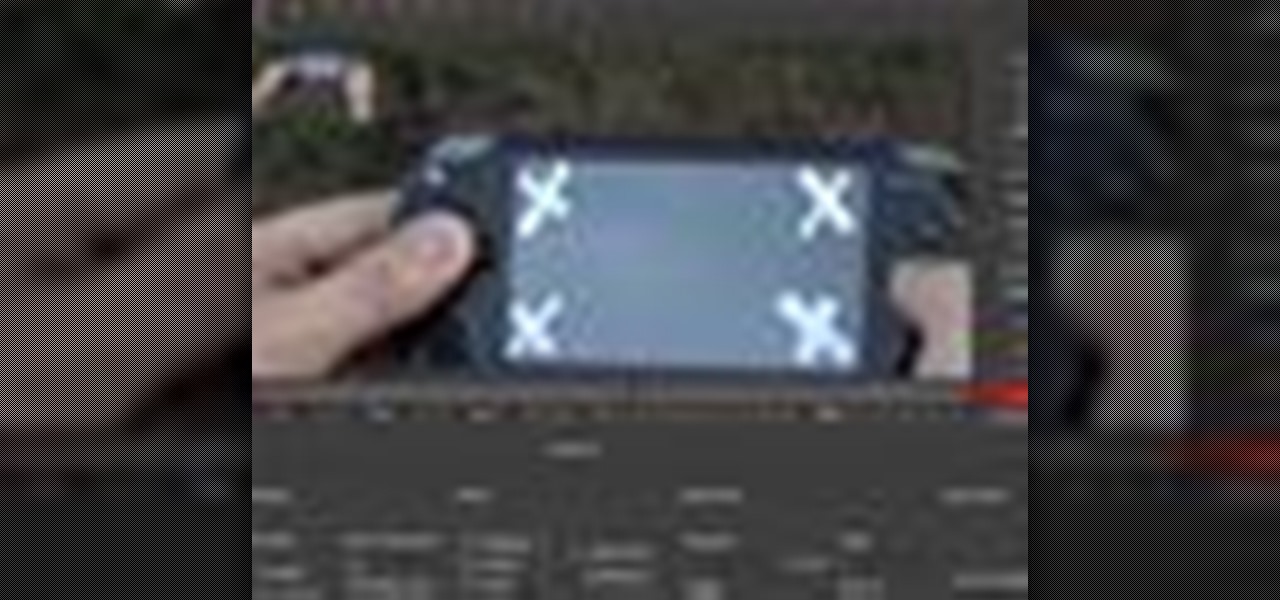
In this video, John explores some of the new 3D ray-trace rendering features that will help you get started (or hooked) in CS6. John Dickinson over at Motionworks did an amazing job at explaining the 3D material setup and really showed what’s possible now with After Effects CS6.Īlso check his “ New 3D Features AE CS6” video, where he shows some more awesome 3D possibilities with the new After Effects. One cool feature is the handling of Transparency, where we now have control over the Index of Refraction to adjust reflections for realism. Currently, the whole system isn’t too deadly complex, you have basic beveling options (straight chisel or scooped), basic material settings, and basic reflection settings. Of course with this new 3D capability, material options are crucial and Adobe has added some material options for these 3D extruded objects. Interestingly enough, you have the option to switch between the normal 2.5D renderer or the new ray-traced 3D renderer, your call. This really does bring more power and possibilities to After Effects’ take on 3D, it’s no longer a 2.5D engine.

Full Ray-Traced ExtrusionĪfter Effects now has the feature to fully extrude text and shape layers through it’s new ray-traced 3D renderer! With this feature Adobe also added Environment layers, the ability to use a layer and wrap it around in a 3D virtual world possibly for reflections, etc.

Here are some of the key new features in the new After Effects CS6.

So Adobe just announced the CS6 Production Premium suite bringing some major changes to After Effects, Premiere, and other products.


 0 kommentar(er)
0 kommentar(er)
